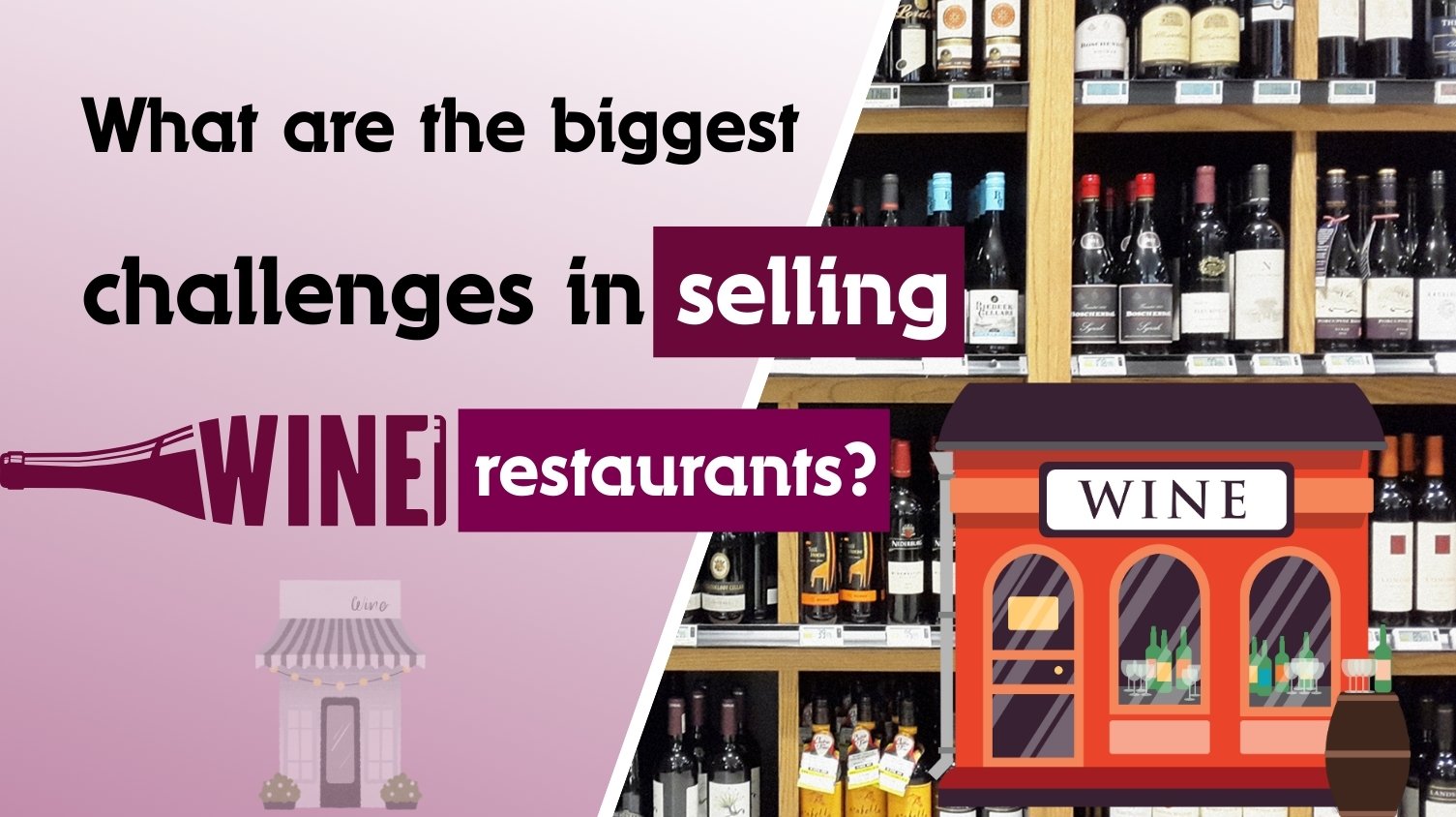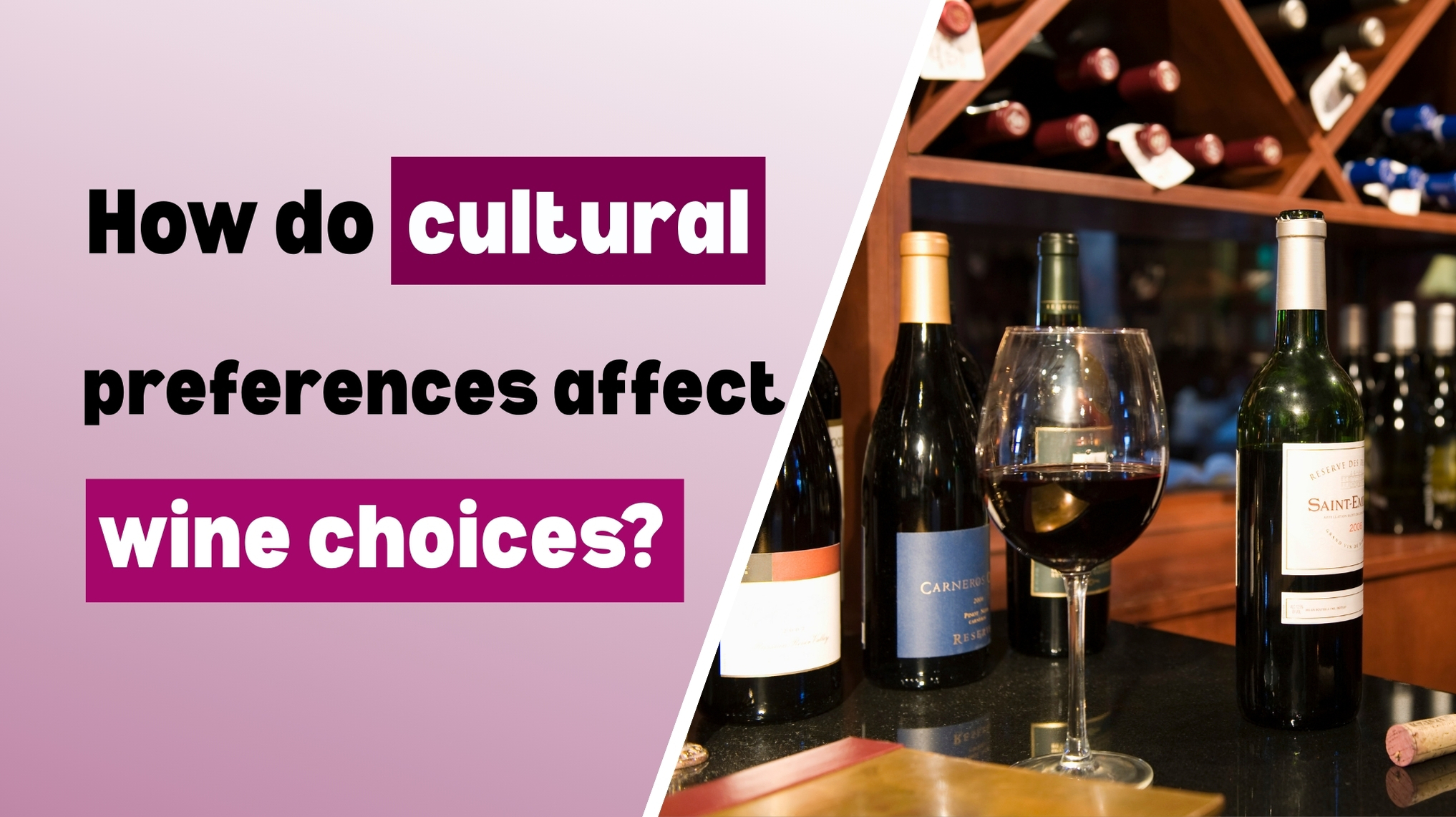Why Selling Wine to Restaurants Is Tricky

Introduction: Why Selling Wine to Restaurants Is Tricky
Selling wine to restaurants isn’t as simple as just showing up with a good bottle. Restaurants have specific needs, limited space, and many choices. To succeed, wineries and distributors must understand these challenges and learn how to handle them. This guide explains the most common obstacles and shares easy-to-follow solutions.
1. Tough Competition in the Wine Market
There are thousands of wine brands trying to get on restaurant wine lists. With only a few spots available, restaurants usually pick wines that match their food and fit their customers’ tastes. Standing out in this crowded market is not easy.
Solution: Create a strong story about your wine. Talk about what makes it special—maybe it’s organic, uses rare grapes, or has won awards. Make your presentation personal and show how your wine fits the restaurant’s theme.
2. Understanding What Each Restaurant Wants
Every restaurant is different. Some serve fancy meals, while others are more casual. Their wine list reflects their style, menu, and customers. If your wine doesn’t match their concept, they probably won’t buy it.
Solution: Do your homework. Learn about the restaurant’s food, customer type, and current wine list. Then explain how your wine goes well with their dishes. Offer to train the staff so they can talk confidently about your wine.
3. Dealing with High Markups
Restaurants usually sell wine at a much higher price than what they pay for it—sometimes double or triple the cost. This can make expensive wines less appealing to customers, which may hurt sales.
Solution: Offer different wines at different prices to give the restaurant choices. You can also provide discounts for buying in bulk, which helps them keep prices reasonable for their customers.
4. Getting Past the Gatekeepers
The people who decide which wines go on the list—like sommeliers or beverage managers—are called gatekeepers. Building a good relationship with them takes time and effort.
Solution: Be honest, helpful, and easy to work with. Listen to what they need and offer ways to support them, like giving them a wine they can’t get anywhere else or helping with events. Keep in touch regularly to stay on their radar.
5. Handling Delivery and Stock Issues
Restaurants need their wine delivered on time and in the right amount. If you miss a delivery or run out of stock, it can hurt your reputation and the restaurant’s business.
Solution: Use tools to track your wine inventory and plan. Keep restaurants updated about deliveries or any delays. Always have a backup plan in case something goes wrong.
6. Keeping Up with Wine Trends
People’s tastes in wine change. Right now, many want organic, natural, or unusual wines. Restaurants want to follow these trends to keep their customers happy.
Solution: Stay informed about what’s popular in the wine world. Be ready to offer wines that fit current trends. This helps restaurants keep their list fresh and interesting.
7. Following Wine Laws and Tariffs
There are many laws around wine, especially when it comes from other countries. Sometimes there are tariffs, or extra taxes, that raise prices. These changes can affect how much wine costs and how easy it is to get.
Solution: Keep up with the latest rules and how they affect your wine. Try to offer wines from places that don’t have high tariffs. Always be clear with restaurant partners about possible price changes due to legal issues.
8. Helping with Marketing and Promotion
Restaurants want to sell the wine they buy. If a winery doesn’t help promote it, the wine may not sell well. This makes it harder to stay on the wine list.
Solution: Work with the restaurant to create events like wine tastings or wine-pairing dinners. Give them flyers, menus, or posters to promote the wine. Train the staff so they can talk about your wine to customers with confidence.










